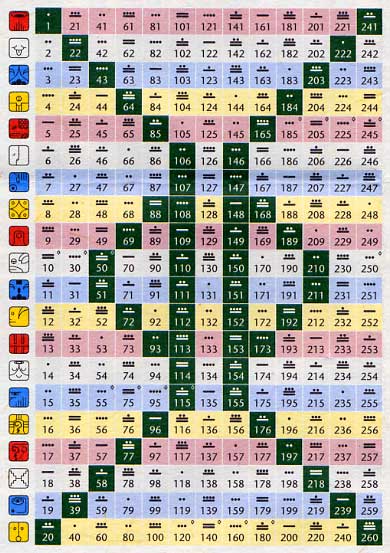
Chinook women made tightly woven baskets and hats from spruce roots and grasses.
Chinook peoples include several groups of indigenous people of the Pacific Northwest in the United States speaking the Chinook languages. In the early 19th century, the Chinook-speaking peoples resided along the lower and middle Columbia River but in present-day Oregon and Washington. The Chinook tribes were those encountered by the Lewis and Clark Expedition in 1805 on the lower Columbia.
Since the late 20th century, the Chinook Indian Nation, made up of 2700 members of several peoples, has worked to obtain federal recognition. It gained this in 2001 but, after President George W. Bush took office, his political appointees revoked that status in 2002. The tribe continues to seek recognition.
The Chinook peoples were not nomadic but rather occupied traditional tribal geographic areas. They had a form of society marked by social stratification consisting of a number of distinct social castes of greater or lesser status. Upper castes included shamans, warriors, and successful traders, and were a minority of the community population compared to common members of the tribal group. Members of the superior castes are said to have practiced social isolation, limiting contact with commoners and forbidding play between the children of the different social groups.
Some Chinook peoples practiced slavery, a practice borrowed from the northernmost tribes of the Pacific Northwest. They encouraged their slaves, taken as captives in warfare, to practice thievery on behalf of their masters. The latter refrained from such practices as unworthy of high status.
At birth some Chinook tribes would flatten children's heads by binding them under pressure between boards, a process said to have been initiated when the infant was about 3 months old and to have continued until the child was about one year of age. This served as a means of marking social hierarchy; flat-headed community members were ranked above those with round heads. Those with flattened and deformed skulls refused to enslave other individuals who were similarly marked, thereby reinforcing the association of a round head with servility. The Chinook were known colloquially by early white explorers in the region as "Flathead Indians."
Living near the coast of the Pacific Ocean, they were skilled elk hunters and fishermen. The most popular fish was salmon. Owing partly to their settled living patterns, the Chinook and other coastal tribes had relatively little conflict over land as they did not migrate through each other's territories. In the manner of numerous settled tribes, they resided in long houses. More than fifty people, related through extended kinship, often resided in one long house.
www.wikipedia.com
EB
Kin 32: Yellow Rhythmic Human
I organize in order to influence
Balancing wisdom
I seal the process of free will
With the rhythmic tone of equality
I am guided by my own power doubled.
Through the galactic streams of the new knowledge, the window of the supernatural order in its entire splendor is opened.*
*Star Traveler's 13 Moon Almanac of Synchronicity, Galactic Research Institute, Law of Time Press, Ashland, Oregon, 2015-2016.
The Sacred Tzolk'in
Svadhistana Chakra (Kali Plasma)




No comments:
Post a Comment